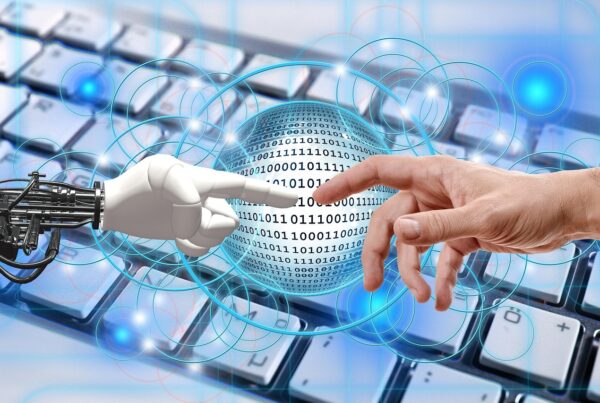#AI@Work: What Are The Lessons From Our Past?
Google, the biggest of “Big Data,” didn’t really have AI until 2012. It was built into Google’s search engine since the beginning. But it wasn’t until a team from Google engineered 16,000 processors in 1,000 computers, making 1 billion connections, that AI at Google started to imitate the human brain. The human brain is capable of more than a trillion connections. The rest is history. Google had a neural network and humanity had a search engine that was teaching itself to think. If you live anywhere on the planet except China, Google is probably your search engine. Google was on the same journey we are all on, one that we don’t really understand. We do know, however, it is extremely important. AI launched a new dimension in technologies. One that means anything we get right or wrong will have enormous impact on humanity.
Smart chatbots and vocally activated technologies are everywhere. Some are good, some are not so good. They are easy to make and getting better. These devices help us hire babysitters and function as lawyers. They are taking jobs and will have a massive impact on the workplace and employment. Although they offer the potential for opening new positions and roles, what and how this will all play out has yet to be determined. Undoubtably, there will be upheaval and redefinition of workplace performance. The IBM 360/75 was the mainframe computer of its day. In 1969 it helped to land our first astronauts on the moon. It had 6 megabytes of computing power. Today that equates to 10% of the computing power needed for the game Candy Crush. In 2001 IBM’s Watson played Jeopardy against humans and Watson won.
This fast growth in computing power has led to factory floors populated by robots and not just at Tesla. In 2017, Apple’s supplier Foxconn replaced 60,000 workers with robots in a factory in China. Amazon continues to roll out robot-staffed warehouses and distribution centers. Most of the activity at shipping ports, from Los Angeles to Baltimore, is now done by robots. Even law enforcement has gone robotic. Security robots patrol the parking lot, while high speed bots chase down criminals. Robots are building houses, aiding the military, delivering pizza and making meals at McDonald’s. They are helping to drive cars and soon trucks, play music and turn lights off and on. What are the lesson from the past we might learn from if we are willing to look?
#AI@Work, #WFH, #Virtual Touchpoints, #ThePajamaEffect, #The Visual Connection, #BobbeGB, #BobbeBaggio, #Touchpoints, #Remote Workplace, #WorkFromHome, #PJEffect, #PaiRED





